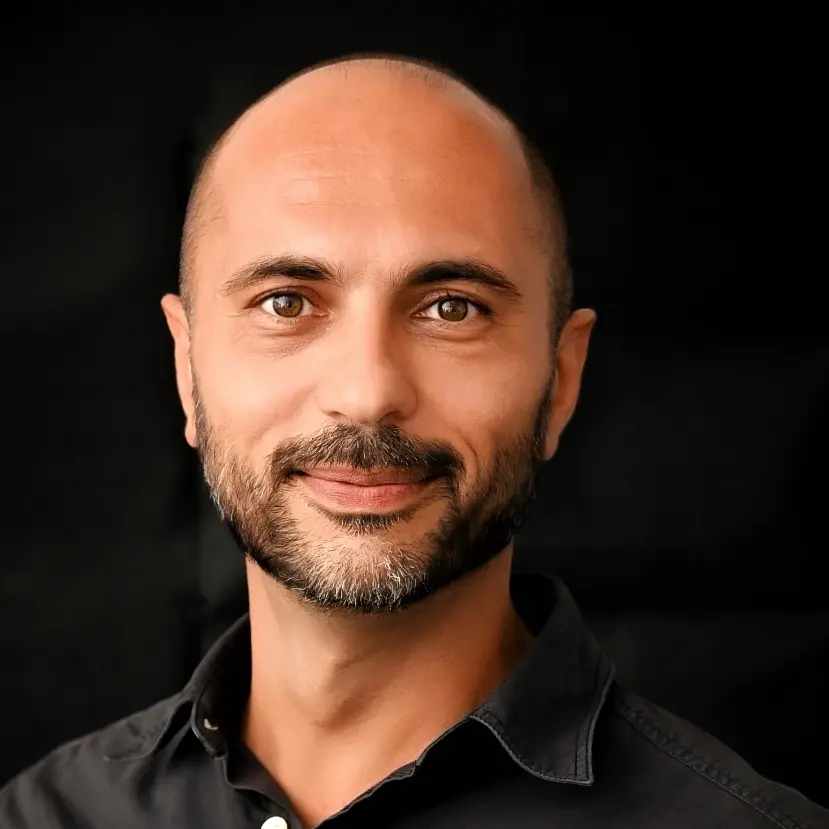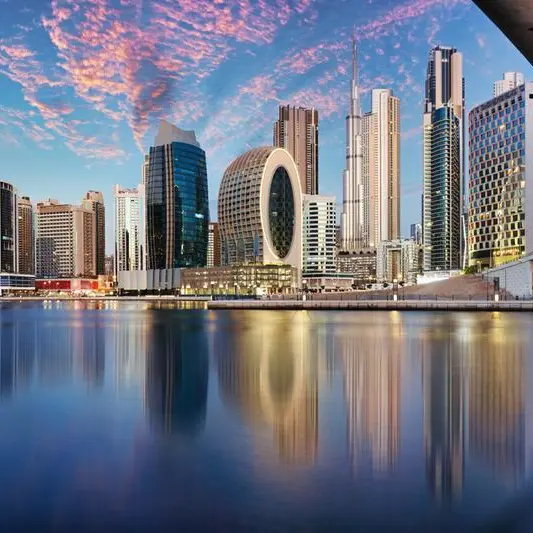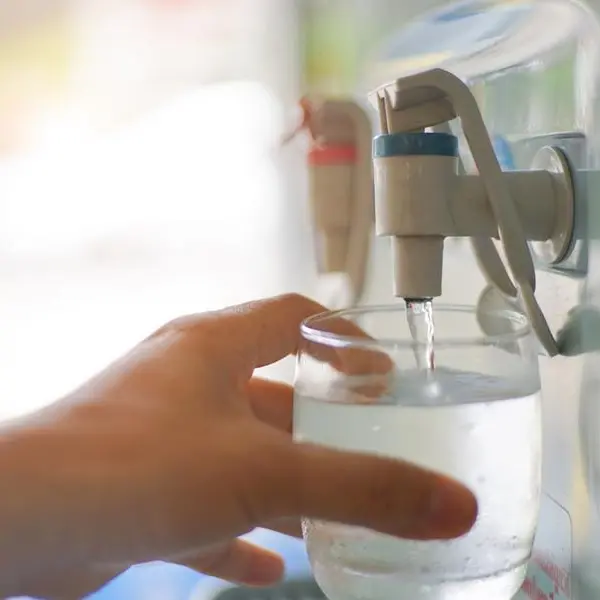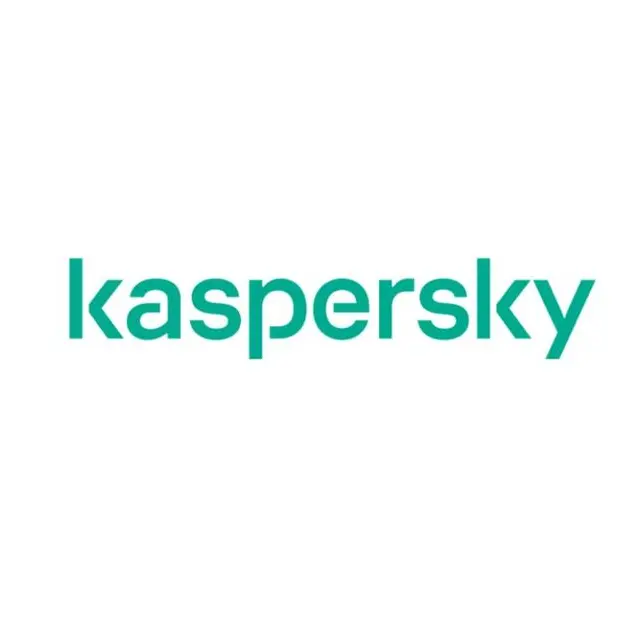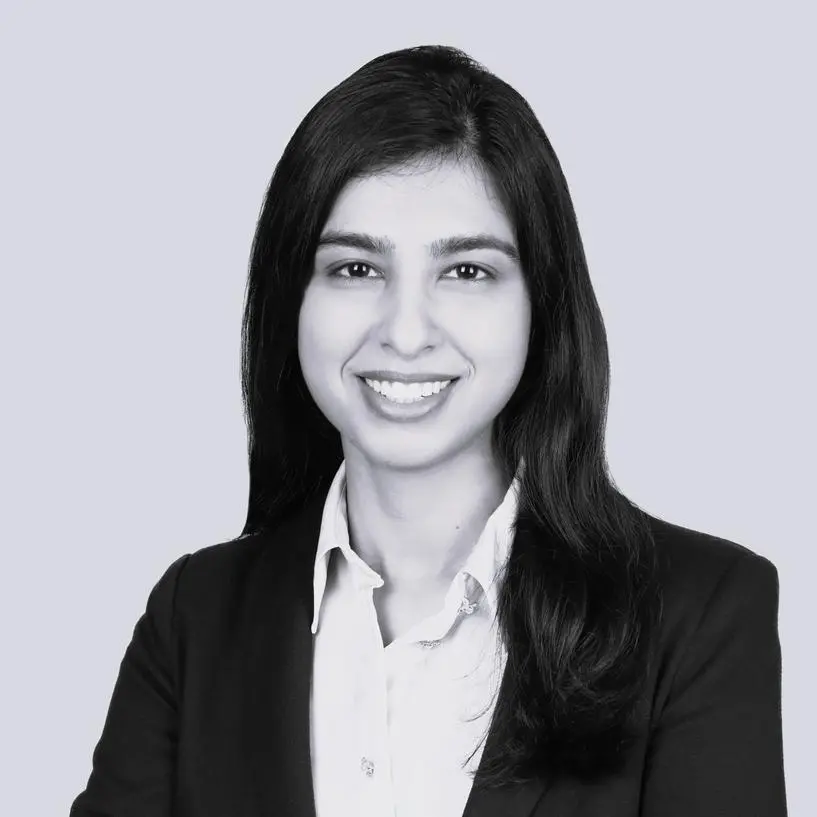Kuwait: Kuwait Financial Centre “Markaz” recently released its Monthly Market Review report for December 2022. Kuwait market started the year with strong gains, which then moderated in the second half of the year to close with yearly gains of 3.5%. The rebound in economic activity helped Kuwait market to edge upwards despite negativity in global equities. Among Boursa Kuwait’s sectors, Consumer Discretionary and Banking sectors gained the most at 11.2% and 10.5% respectively for the year. Among Premier Market stocks, Jazeera Airways and Gulf Cable and Electrical Industries Co. gained the most for the year, rising by 47.3% and 39.5% respectively. Kuwait Real Estate Company and Alimtiaz Investment Group Co fell the most for the year at 37.9% and 36.5% respectively. Ali Alghanim and Sons Automotive Company, was listed in Boursa Kuwait in June 2022, marking one of the major listings in Kuwait during recent times. The company listed 45% of its share capital through private placement, witnessing heightened demand from investors, with a total demand of more than USD 3 billion. In response to rising inflation, U.S Fed raised its policy rate by 50 bps in December, extending the yearly tally to 425 bps. Interest rates increased from 0.25% in the first quarter of the year to 4.5% in December 2022, pushing borrowing costs to the highest levels since 2017. As the Kuwaiti Dinar is pegged against a basket of currencies and domestic inflation is relatively moderate, Central Bank of Kuwait (CBK) has taken a less hawkish stance in raising interest rates. CBK raised its policy rate by 200 bps from 1.5% to 3.5% during the year. Moody’s has maintained a stable outlook of A1 on the government of Kuwait supported by huge financial and oil reserves and high-income levels.
S&P GCC composite index fell by 7.2% for the year, which was a lower decline compared to other developed markets. Abu Dhabi and Dubai equity indices increased the most, gaining 20.3% and 4.4% over the year, respectively. Saudi Arabia and Qatar equity indices fell 7.1% and 8.1% in the same period.
Dubai’s Real GDP witnessed a 4.6% y/y growth in 9M 2022. Central Bank of UAE has revised its real GDP estimates for the year 2022 up from 6.5% to 7.6%. UAE’s foreign trade volume is anticipated to record a 15% y/y increase by the end of the year, amounting to USD 599 billion. UAE government’s overall revenue in Q3 2022 totaled to AED 148.1 billion, marking a 17.2% increase from AED 126.3 billion a year ago. Saudi Arabia’s real GDP grew at 8.8% in Q3 2022 on the back of increased activity in the oil sector. The Kingdom’s CPI inflation softened to 2.9% y/y in November. Saudi Arabia’s budget surplus for the year is estimated at USD 27 billion, almost 2.6% of the country’s GDP. Saudi’s Purchasing Managers Index (PMI) inclined from 57.2 in October to 58.5 in November. Aggregate net profits of Saudi Arabia’s top 10 banks increased by 9.3% on q/q in Q3 driven by rise in interest income. GCC witnessed 59 M&A transactions in Q3 2022, recording an increase of 23% y/y.
Developed markets’ performance was negative during year with MSCI World and S&P 500 losing 19.5% and 19.4% respectively. Due to recessionary fears triggered by the aggressive hike in interest rates, S&P 500 fell sharply in 2022. The Nasdaq Composite index, comprising major technology stocks in U.S witnessed a fall of 33.1% during the year owing to fall in digital revenues of major technology companies and elevated valuations in addition to Fed tightening. Real GDP estimates in U.S during Q3 2022 was revised up from 2.9% to 3.2% driven by increased government spending on health care and investments in machinery and intellectual property. Inflation (CPI) in U.S. stood at 7.1% y/y in November, down from 7.7% in October 2022. European stocks fell during the year due to recessionary fears as central bank tightened monetary policy to combat inflation. Further, the Russia-Ukraine war and resultant energy sanctions on Russia affected economic growth in the Eurozone, which in turn had a bearing on European stocks. U.K’s Q3 GDP contraction was revised up from 0.2% to 0.3% driven by fall in manufacturing contracts. Chinese equities ended negative for the year as the country’s economic prospects were hampered by spiking COVID-19 cases.
Oil prices increased by 10.5% during the year. Prices soared at the start of the year due to Russia-Ukraine war, pushing the Brent Crude to over $110/bbl. in March 2022. However, the gains receded after recessionary fears were triggered by aggressive U.S. Fed rate hikes. Despite COVID-19 lockdown in China posing a threat to global demand for oil, OPEC+ decision to cut production by 2 million barrels per day lent support to oil prices. Gold prices mildly fell by 0.2% during the year to 1,824.0 $/oz on account of expectation of further interest rate hike by U.S Fed coupled with recessionary fears.
-Ends-
About Kuwait Financial Centre “Markaz”
Established in 1974, Kuwait Financial Centre K.P.S.C “Markaz” is one of the leading asset management and investment banking institutions in the MENA region with total assets under management of over KD 1.142 billion as of 30 September 2022 (USD 3.67 billion). Over the years, Markaz has pioneered innovation by developing new concepts resulting in new investment channels. These channels enjoy unique characteristics and helped Markaz widen investors’ horizons. Examples include Mumtaz (the first domestic mutual fund), MREF (the first real estate investment fund in Kuwait), and Forsa Financial Fund (the first and only options market maker in the GCC since 2005), all conceptualized, established and managed by Markaz. Markaz was listed on the Boursa Kuwait in 1997.
For further information, please contact:
Sondos S. Saad
Media & Communications Department
Kuwait Financial Centre K.P.S.C. "Markaz"
Email: ssaad@markaz.com
